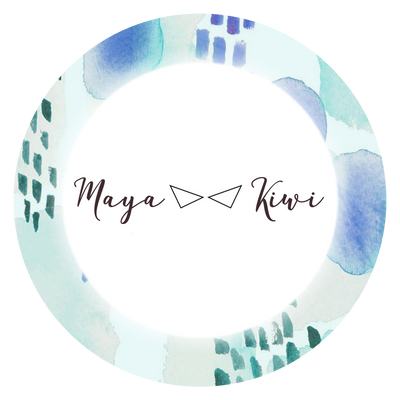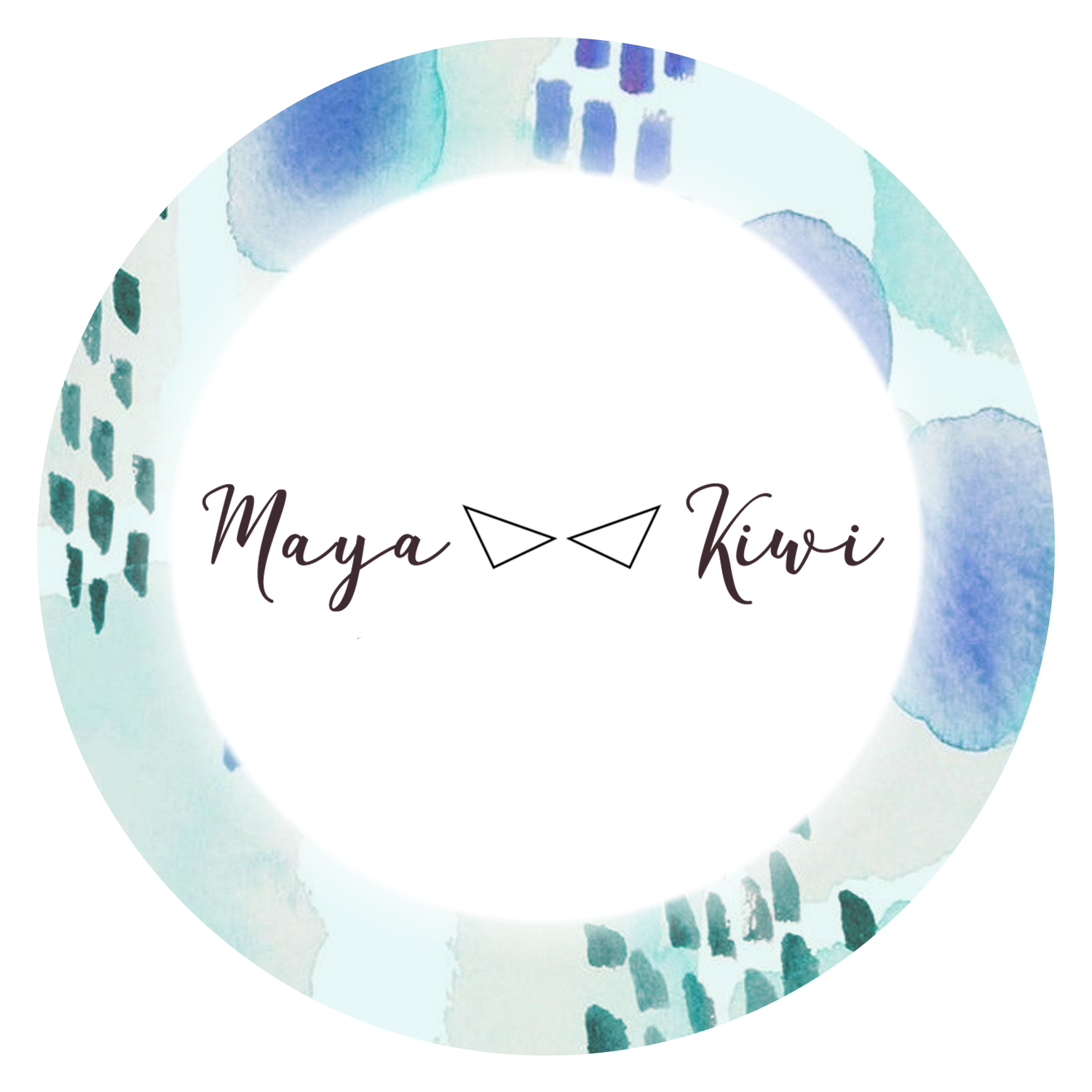We are not currently accepting orders and apologize for any inconvenience.
How to Paint Acrylic to look like Watercolor
November 23, 2021
If you love the watercolor aesthetic but want to use acrylic paint, this is how you can achieve the same look! I am showing this tutorial as painted on a wooden snowflake that I ordered from Michaels, but you can use these same steps and techniques on canvas or other surfaces.
- Get your colors ready! Start with titanium white acrylic as your base and mix tiny amounts of color to it. This way you can develop a pastel color scheme and control how light or dark the colors are.
- Dilute your paint with water. You want the consistency to be like a creamy soup if that helps. Start with a little bit and mix, adding more water slowly.
- Start with big brushstrokes of your darkest color first. To get the watercolor effect, you’ll need to use a ton of thin layers. Since the paint is watered down, it will dry very quickly. Just keep working on different sections and leave plenty of the background showing underneath.
- Do your medium-dark colors next. By working from dark layers to light, you’re taking the weight off the appearance. At this point, you should have about 80% of the surface covered and the rest should be your background surface texture.
- Blend the edges of your brushstrokes with a cloth-like paper towel. I LOVE Viva paper towels for this! It doesn’t leave texture or lint behind and it softens the whole look. Yes it will removed quite a bit of paint, but thats ok!
- Last, overlap areas with your lightest colors. This way, you’ll still get the depth of the dark colors underneath but it will feel more weightless. You can actually use titanium white directly on the surface and blend it in with your brush. Soften again with your paper towel if you like.
- Details!! Making little marks or accents will create interest and more contrast!
Leave a comment
Comments will be approved before showing up.
Also in All Things Watercolor

Watercolor Workshops for the Workplace!
July 25, 2025
This article is for workplace experience coordinators and wellness analysts who focus on team-building events for their employees. My tips for making your painting event go smoothly!

How to Create Stunning DIY Watercolor Valentines Cards!
January 22, 2024

5 Surprising Ways to Unlock your Creativity
September 06, 2023
1. Craft Kits
2. Unplug
3. Ask Why
4. Change your Environment
5. Journal

